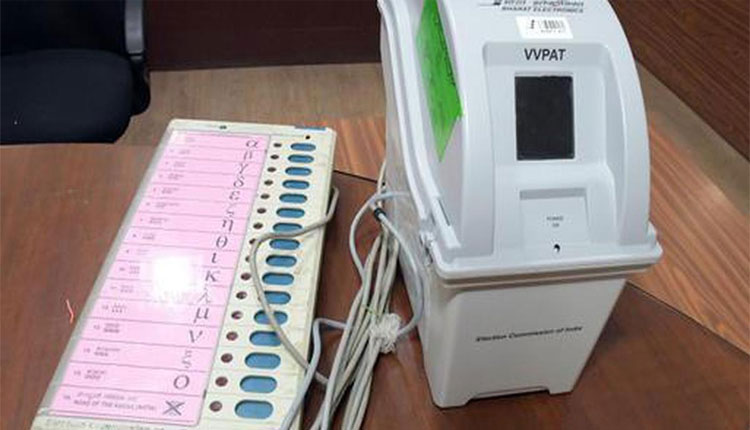Patna: As Bihar delivered a record turnout and a decisive verdict using Electronic Voting Machines (EVMs), curiosity about these “silent guardians” of Indian democracy has surged once again.
An EVM is a portable, battery-powered device comprising two main units: the Balloting Unit (placed inside the voting compartment) and the Control Unit (operated by a polling officer). Connected by a five-metre cable, the machine runs on a 6-volt alkaline battery, ensuring it works even in remote areas without electricity.
The voting process is remarkably simple yet foolproof:
The polling officer presses the “Ballot” button on the Control Unit to activate the machine for the next voter.
Inside the booth, the voter presses the blue button next to their chosen candidate’s name and symbol on the Balloting Unit.
A red LED glows, a long beep sounds, and — crucially — a printed paper slip appears in the VVPAT (Voter Verifiable Paper Audit Trail) window for seven seconds, allowing the voter to verify their choice.
Once cast, the vote is permanently recorded; the same voter cannot vote again.
Developed in 1989 by the Election Commission of India in collaboration with Bharat Electronics Limited (BEL) and Electronics Corporation of India Limited (ECIL), EVMs eliminate invalid votes, enable lightning-fast counting, and store data securely for years. First used in 1982 on an experimental basis, they are now the backbone of elections from Parliament to panchayats.
With every button press, India’s EVMs continue to prove that technology can make democracy faster, fairer and truly tamper-proof.



Comments are closed.